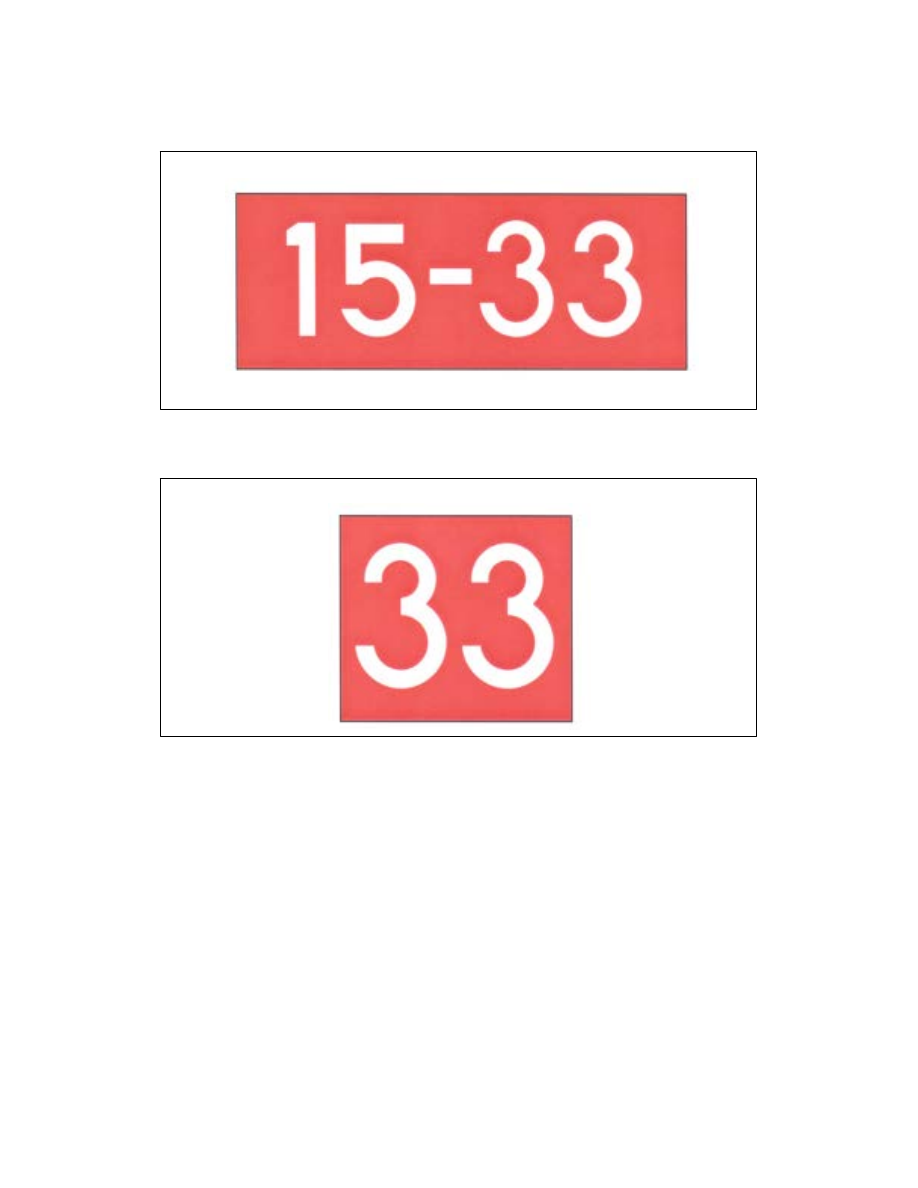
4/20/23
AIM
reasons, the crew should proceed according to their best judgment while understanding the illuminated lights
indicate that continuing the takeoff is unsafe. Contact ATC at the earliest possible opportunity.
d.
Pilot Actions:
1.
When operating at airports with RWSL, pilots will operate with the transponder/ADS
−
B “On” when
departing the gate or parking area until it is shut down upon arrival at the gate or parking area. This ensures
interaction with the FAA surveillance systems such as ASDE-X/Airport Surface Surveillance Capability (ASSC)
which provide information to the RWSL system.
2.
Pilots must always inform the ATCT when they have stopped due to an RWSL indication that is in conflict
with ATC instructions. Pilots must request clarification of the taxi or takeoff clearance.
3.
Never cross over illuminated red lights. Under normal circumstances, RWSL will confirm the pilot’s taxi
or takeoff clearance previously issued by ATC. If RWSL indicates that it is unsafe to takeoff from, land on, cross,
or enter a runway, immediately notify ATC of the conflict and re-confirm the clearance.
4.
Do not proceed when lights have extinguished without an ATC clearance. RWSL verifies an ATC
clearance; it does not substitute for an ATC clearance.
e.
ATC Control of RWSL System:
1.
Controllers can set in
−
pavement lights to one of five (5) brightness levels to assure maximum conspicuity
under all visibility and lighting conditions. REL and THL subsystems may be independently set.
2.
System lights can be disabled should RWSL operations impact the efficient movement of air traffic or
contribute, in the opinion of the assigned ATC Manager, to unsafe operations. REL and THL light fixtures may
be disabled separately. Whenever the system or a component is disabled, a NOTAM must be issued, and the
Automatic Terminal Information System (ATIS) must be updated.
2
−
1
−
7. Control of Lighting Systems
a.
Operation of approach light systems and runway lighting is controlled by the control tower (ATCT). At
some locations the FSS may control the lights where there is no control tower in operation.
b.
Pilots may request that lights be turned on or off. Runway edge lights, in
−
pavement lights and approach
lights also have intensity controls which may be varied to meet the pilots request. Sequenced flashing lights
(SFL) may be turned on and off. Some sequenced flashing light systems also have intensity control.
2
−
1
−
8. Pilot Control of Airport Lighting
Radio control of lighting is available at selected airports to provide airborne control of lights by keying the
aircraft’s microphone. Control of lighting systems is often available at locations without specified hours for
lighting and where there is no control tower or FSS or when the tower or FSS is closed (locations with a part
−
time
tower or FSS) or specified hours. All lighting systems which are radio controlled at an airport, whether on a single
runway or multiple runways, operate on the same radio frequency. (See TBL 2
2.)
Airport Lighting Aids
2
−
1
−
9